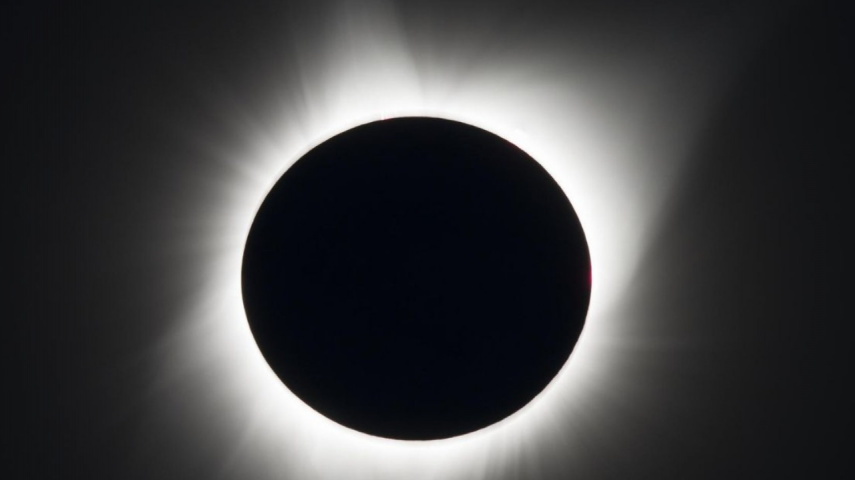What is Great North American Eclipse? Everything to know about rare celestial event set to take place in US
A total solar eclipse, one of the most breathtaking natural occurrences will take place in North America on April 8, 2024.

-
The next total solar eclipse in North America will occur on Monday, April 8
-
A total solar eclipse occurs when the moon passes precisely between the sun and Earth
On Monday, April 8 at approximately 3:15 pm, Western New York will witness a once-in-a-generation complete solar eclipse, during which the moon will pass squarely between the Earth and the Sun. This exceptional astronomical occurrence, known as the "Great North American Eclipse," will take place in the United States, beginning in Texas and moving across the sky to Maine.
The 'Great North American Eclipse' is an experience of a lifetime
Rather than the partial eclipse we saw in 2017, Western New York is in the "path of totality," where we will witness the eclipse as a totality. The eclipse is a rare natural phenomenon with a short viewing path and less than five minutes of total sun blockage. The next total eclipse is 120 years away, and the next partial eclipse won't happen in WNY until 2045. You don't want to miss this year's eclipse—it's an experience of a lifetime!
What is a total solar eclipse?
When the moon precisely aligns itself with the sun and Earth, a total solar eclipse transpires, submerging the earth in shade. The sun's rays will be blocked for a few minutes and you will experience daytime darkness if you are standing beneath the path of that shadow, also referred to as the path of totality.
Can we see the total solar eclipse with the naked eye?
Avoid staring at the sun directly! This may result in blindness or long-term eye damage. You will require special safety glasses or viewers during eclipses. (Goggles are not a safe option.) A specific sun filter is required for any binoculars, telescopes, or cameras. Similarly, homemade filters, smoked glasses, exposed film, polarized sunglasses, and medical X-rays are unsafe.
How long will the totality last?
The duration of the total solar eclipse is dependent upon your specific location within the path of totality and may reach up to 4 minutes and 28 seconds. As the moon's shadow moves from southwest to northeast, the maximum totality will decrease. You have to be on the centerline of the route of totality to experience the longest possible totality in any given place.
In Texas Hill Country, 4 minutes and 26 seconds will be observed, even though 4 minutes and 28 seconds are only achievable in Mexico. As the path of totality moves across the United States and Canada from southwest to northeast, it will diminish by approximately one minute.
When was the last total solar eclipse witnessed?
On April 20, 2023, a total solar eclipse took place in Western Australia, Timor Leste, and Indonesia. On August 21, 2017, however, there was a total solar eclipse that occurred in North America. Known by the moniker "Great American Eclipse," it passed through 12 states, spanning from Oregon to South Carolina. On that day, over 12 million people saw totality.
ALSO READ: Earth witnesses severe geomagnetic storm, making northern lights visible farther than usual





 JOIN OUR WHATSAPP CHANNEL
JOIN OUR WHATSAPP CHANNEL




































































































